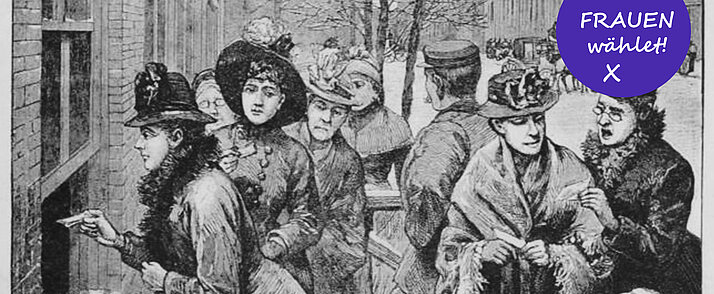Achieving the women's suffrage was a process that varied in length in different countries. The first voices in Europe to demand political participation for women were heard during the French Revolution and the revolutions of 1848. These voices remained the exception. It was not until the last third of the 19th century that women’s movements emerged in many countries. Women got together to claim their social and political rights. The ways of achieving this varied.
The triggers for the emergence of women’s suffrage movements included electoral law reforms which continued to exclude women, only granted the privilege to a few women or only allowed women restricted (voting) rights. This strengthened the women’s movements.
Most of the countries involved in the First World War experienced radical political changes around 1918. Austria was not the only country where women’s suffrage was adopted at the end of the war. In countries where these upheavals did not occur, such as Belgium and France, women had to wait even longer for political equality. Southern Europe, along with Switzerland, only adopted women’s suffrage after the Second World War.
Adoption of women’s suffrage
- 1906 Finland
- 1913 Norway
- 1915 Denmark, Iceland
- 1918 Germany, Estonia, Latvia, Lithuania, Luxembourg, Austria, Poland, Russia
- 1919 Netherlands
- 1920 Czechoslovakia
- 1921 Sweden
- 1922 Ireland
- 1928 United Kingdom
- 1931 Spain
- 1944 France
- 1945 Bulgaria, Yugoslavia, Hungary
- 1946 Italy, Romania
- 1947 Malta
- 1948 Belgium
- 1952 Greece
- 1971 Switzerland
- 1974 Portugal
- 1984 Liechtenstein
Due to a legally required works meeting, all user facilities of the Austrian National Library (reading rooms at Heldenplatz and collections) will not open until 11.30 a.m. on Thursday, 21 November, 2024.
Please note the opening hours during the holidays.

